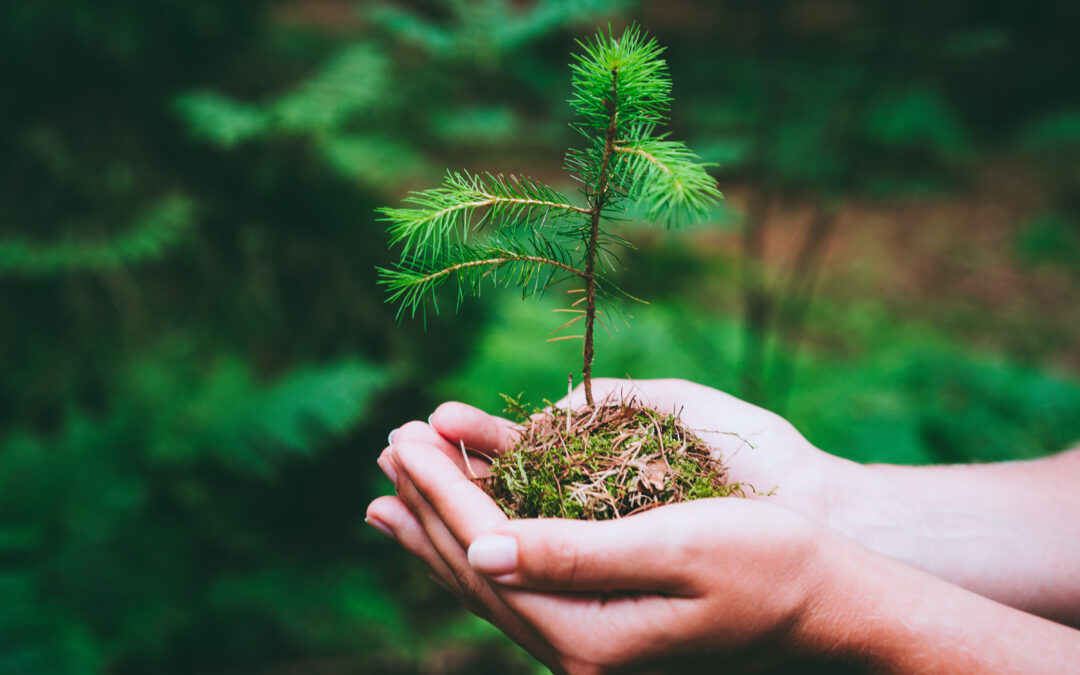Welcome to the world of organic gardening! Whether you’re a seasoned gardener or just starting out, growing your own produce is an incredibly rewarding experience. In this guide, we will cover everything you need to know about how to start your own organic garden, from choosing the right location and soil to harvesting and preserving your homegrown produce. Let’s get started!

Introduction to Organic Gardening
Organic gardening is a method of growing plants without using synthetic fertilizers or pesticides. Instead, it relies on natural methods such as composting, crop rotation, and companion planting to keep plants healthy and productive. By using organic practices, you can grow delicious fruits and vegetables while also promoting environmental sustainability.
Choosing the Right Location and Soil for Your Garden
When selecting a location for your organic garden, choose an area that receives at least six hours of sunlight per day. If possible, select a spot near a water source, such as a hose bib or rain barrel, to make watering easier.
Next, consider the type of soil in your chosen location. Ideally, you want well-draining soil with a neutral pH level. You can test your soil by purchasing a kit from your local nursery or hardware store. If necessary, amend your soil with compost or other organic matter to improve its quality.
How to Start Seeds Indoors or Outdoors
Once you have selected your location and prepared your soil, it’s time to start planting! Depending on the time of year and the types of seeds you are planting, you may choose to start them indoors or directly in the ground. For cold-weather crops like lettuce and spinach, it’s best to start seeds indoors around eight weeks before the last frost date in your area. Warm-weather crops like tomatoes and peppers can be direct-seeded outside after the danger of frost has passed.
Tips on Caring for Your Plants
As your plants begin to grow, there are several things you can do to ensure their success. First, make sure to water your plants regularly, but don’t overwater them. A good rule of thumb is to wait until the top few inches of soil feel dry before watering again. Additionally, you should apply a layer of mulch around your plants to help retain moisture and suppress weeds. Finally, watch out for common pests and diseases in organic gardens, such as aphids, slugs, and blossom end rot. Use natural remedies like neem oil or garlic spray to control these issues.
Common Pests and Diseases in Organic Gardens
While organic gardening is generally less prone to pest and disease problems than conventional gardening, it’s still important to stay vigilant. Some common pests include aphids, slugs, and snails, which can be controlled using natural remedies like neem oil or diatomaceous earth. Common diseases include blossom end rot, which affects tomatoes and can be prevented by ensuring proper calcium levels in the soil, and powdery mildew, which affects many different plants and can be managed through careful monitoring and removal of affected leaves.
Harvesting and Preserving Your Homegrown Produce
Finally, once your plants have matured and produced fruit, it’s time to harvest and enjoy the fruits of your labor! Harvest vegetables when they are fully grown but still young and tender. Fruit should be picked when ripe, but not overripe. To preserve your homegrown produce, consider techniques like freezing, canning, or dehydrating. With a little effort and attention, you can enjoy fresh, nutritious produce all summer long.




